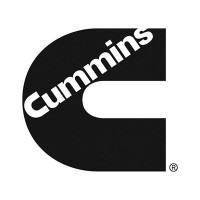
Toyota Motor Corporation
Toyota Motor Corporation is a global automotive industry leader manufacturing vehicles in 27 countries or regions and marketing the company’s products in over 170 countries and regions. Founded in 1937 and headquartered in Toyota City, Japan, Toyota Motor Corporation employs nearly 350,000 people globally.






